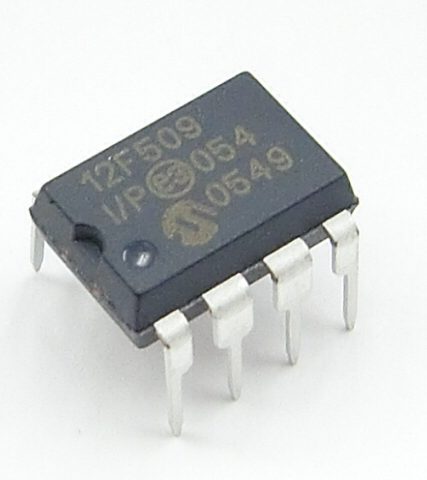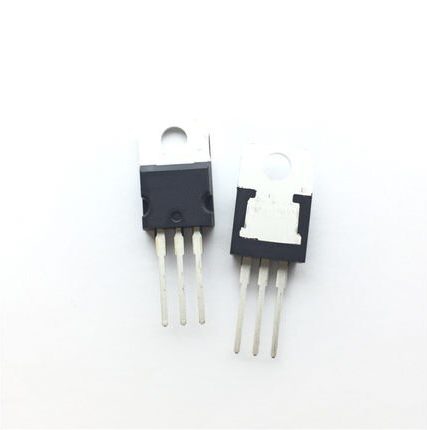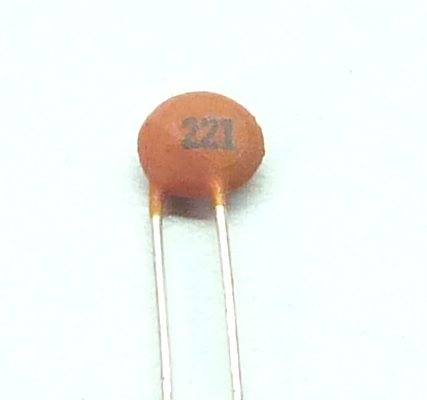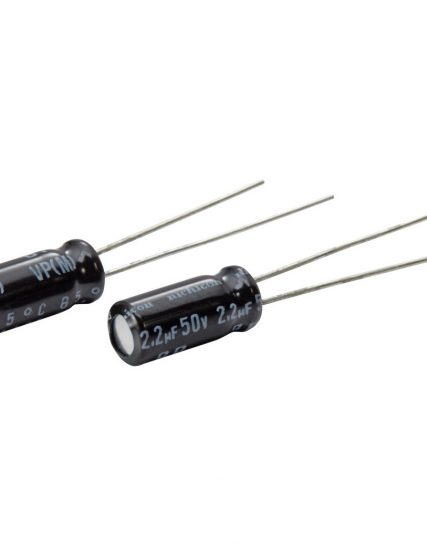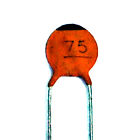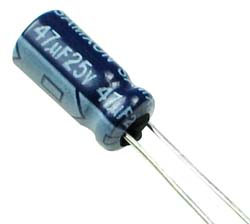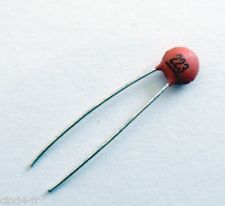Subtotal: ₦32,630.00
The 102 ceramic capacitor is a small, non-polarized capacitor with a capacitance value of 0.001µF (1nF or 1000pF). Ceramic capacitors are known for their stability, reliability, and low cost. They are commonly used in various electronic circuits for applications such as filtering, bypassing, coupling, and decoupling.
Key Features:
- Capacitance: 0.001µF (1nF or 1000pF)
- Voltage Rating: Varies (typically 50V, 100V, or higher)
- Non-polarized (can be connected in either direction)
- Stable and reliable performance
- Low cost
- Wide temperature range
Technical Specifications:
- Capacitance: 0.001µF (1nF or 1000pF)
- Voltage Rating: Typically 50V, 100V, or higher (check specific part number for exact rating)
- Tolerance: ±5%, ±10%, ±20% (varies by manufacturer and specific part)
- Temperature Coefficient: Varies (typically NPO/C0G, X7R, or Y5V)
- Operating Temperature Range: -55°C to +125°C (varies by specific part and material)
- Dimensions: Varies by package type (e.g., 0603, 0805, radial, or axial leads)
- Lead Spacing: Varies by package type
Applications:
- Filtering: Removes unwanted noise from signals in power supplies and signal lines.
- Bypassing: Provides a low impedance path to ground for AC signals.
- Coupling: Passes AC signals between different stages of an amplifier without passing DC.
- Decoupling: Stabilizes voltage supply by reducing voltage spikes and noise.
- Timing Circuits: Works with resistors to create RC time constants in timing applications.
- Oscillators: Used in frequency-determining networks for oscillators.
Usage:
- Determine the required capacitance and voltage rating for your circuit.
- Place the capacitor in the correct position on the PCB.
- Solder the capacitor in place, ensuring good contact and avoiding excess heat.
- Verify the capacitor’s connections and ensure no short circuits.
Caution:
- Verify the voltage rating and capacitance before use.
- Handle carefully to avoid physical damage to the capacitor.
- Ensure the capacitor is not exposed to excessive heat during soldering.
- Store in a dry, cool place to maintain the integrity of the capacitor.

